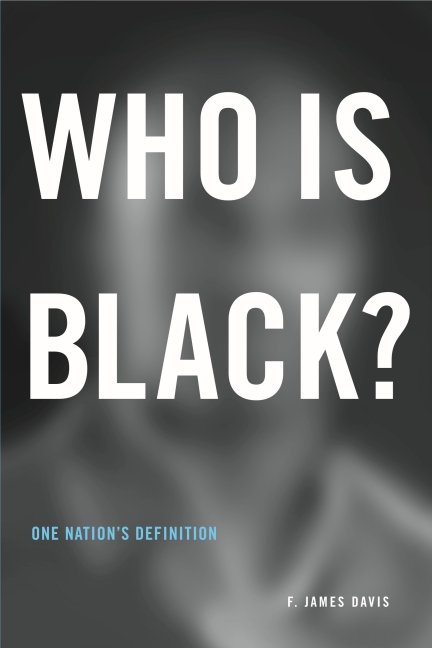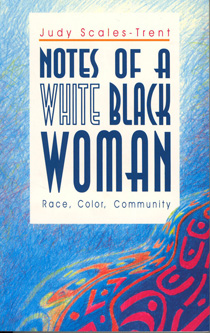The Mulatto In The United States: Including A Study Of The Role Of Mixed-Blood Races Throughout The WorldPosted in Books, Media Archive, Monographs, Social Science, United States on 2009-10-18 20:16Z by Steven |
Greenwood Press Reprint
918 (Reprint Publication Date: 1969-05-08)
417 pages
ISBN: 0-8371-0938-8
ISBN-13: 978-0-8371-0938-1
DOI: 10.1336/0837109388
Edward Byron Reuter (1880-1946)
An historical study of the role of the mulatto in American society, with a discussion of the mixing of races in other parts of the world. Edward Byron Reuter (1880-1946) received his doctoral degree in sociology from the University of Chicago in 1919 for this dissertation. He served (in 1933) as the 22nd President of the American Sociological Society.
Read the entire book here.
Commentary by Steven F. Riley
For 21st century readers this book will most likely considered a racist trope on ‘racial mixing’.
On page 103 in Rainier Spencer‘s Spurious Issues: Race and Multiracial Identity Politics in the United States, he discusses Reuter and says…
…It would be best to begin with a frank examination of Reuter’s racial views. With absolute bluntness Reuter assured his readers that the “lower culture of the Negro people is of course a simple observational fact and is to be accepted as such. To question is to deny the obvious.” He was quite clear about the relative cultural merits of the Negro and white races, which he posited as representing “the antipodal degrees of human culture: at the one extreme are the standards of West Africa; at the other, those of Western Europe.” Nor did Reuter seem to think that there was any bias inherent in this arrangement, feeling certain enough of it to write that “no Negro questioned the superior ability of the white, and probably there is no Negro today who does not subconsciously believe the white man superior”…
It would be easy (and perhaps desirable) to dismiss the influence of Reuter, but according to his biography at the American Sociological Association:
…Reuter was an active and influential participant in the development of the sociological profession, serving as president of the American Sociological Society in 1933, as secretary-treasurer of the Sociological Research Association from 1936 to 1938 and as president of this group in 1939. He was a fellow of the American Association for the Advancement of Science. From 1928 until a few months before his death in 1946, he was consulting editor of the McGraw-Hill “Publications in Sociology” series. He served approximately ten years as an advisory editor of The American Journal of Sociology….




